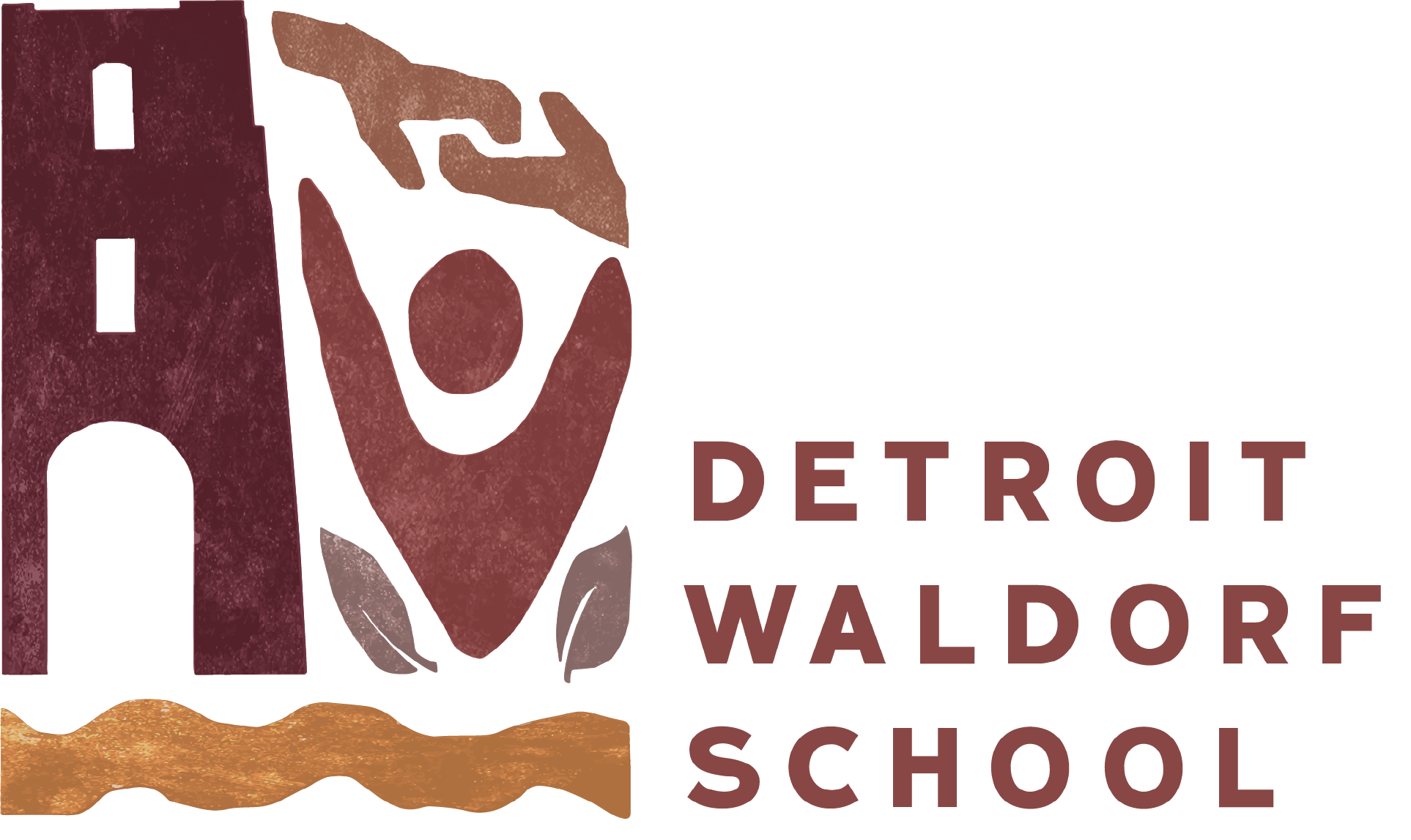Lower Grades 1-5
In elementary and middle school, each day begins with a two-hour main lesson. Core academic work is taught in three- or four-week blocks that rotate throughout the year, guided by an overall theme for every grade. This approach allows children to fully immerse in and digest subject matter thoroughly while integrating it with other lessons. All academic learning mixes with the year’s themed focus, connecting subjects in an integrated learning approach.
Grade 1-5 School Curriculum
First Grade
Our first grade curriculum appeals to the child's sense of wonder and imagination. The language arts are featured with an imaginative introduction to consonants, vowels, sight words, and word families. The children compose and read short verses and stories. First graders also explore the qualities of numbers in mathematics, as well as addition, subtraction, multiplication and division. Science is approached through nature stories, observations, gardening, and cooking. The children begin their study of two world languages (Mandarin and German) through songs, poems and games. Watercolor, pentatonic recorder playing, eurythmy (movement), knitting, drawing and beeswax modeling are also offered in the first grade Waldorf curriculum.
Second Grade
Our second grade curriculum builds on all basic academic skills including independent writing and reading. Mathematics lessons include the sequence and patterns in numbers, continued work with the processes and the introduction of place value as an antecedent to carrying and borrowing. In science, students will continue their experiential exploration of the world of nature through observation, stories, gardening and cooking. In language arts and history studies, children explore traditional fables, grammar, punctuation, handwriting and cursive. German and Mandarin, pentatonic recorder playing, crocheting and knitting, watercolor painting, crayon drawing, eurythmy (movement) are offered in the second grade Waldorf curriculum.
Third Grade
Our third grade curriculum is designed to give children a broader view of the world around them. In language arts, students dissect parts of speech in grammar, as well as spelling and cursive writing to facilitate independent writing skills. Students learn valuable lessons through the themes of creation stories, house building and farming. In history, children will study different human shelters from world cultures, and delve into Native American study. Topics in mathematics include carrying and borrowing, number patterns, long division, natural geometry and measurement. In science, students study the cycles of nature and learn about the sundial and water clock. Third grade students continue their world language studies, learn to play the violin and soprano recorder, enjoy movement in the eurythmy and physical education curriculum, and continue painting, crayon drawing, clay modeling, knitting and crocheting.
Fourth Grade
Fourth grade marks the start of studying geography. Students study local geography by learning to make maps of their classroom, school and neighborhood and discover the directions of north, south, east and west. In language arts, students enjoy studying the themes of courage, compassion, sacrifice, good and mischief embodied by the characters in Norse myth stories. The students also have the opportunity to discover the wondrous versatility of the human being in the science zoology block called Man and Animal. Here the children study the specialized skills and habits of the animals and relate them to the uniqueness of the human being. In mathematics, the study of breaking things into parts becomes the basis for adding, subtracting, multiplying, reducing and expanding fractions. World language study now includes simple reading, grammar, and written work. The fine and practical arts include clay modeling, geometric figures, form drawing, watercolor painting and cross-stitch embroidery. Music classes continue with singing canons, rounds and harmonies. Instrumentally, the children continue recorder playing and violin in a group, both of which now require reading from notation. Physical education continues with eurythmy and gymnastics.
Fifth Grade
In fifth grade, the study of ancient history begins in ancient India, Persia, Mesopotamia, Egypt and Greece. Students study the creation of written languages, read translations of ancient poetry, study hieroglyphics, recreate the building of temples and pyramids as models, and incorporate ancient art into their own artistic work. Grammar lessons are incorporated into these themes and verb tenses are introduced in compositions. By contrast, the children will study American geography and economic relationships among people living in various regions. A natural extension of geography is botany, where students learn about the relationship of the plants to the earth and sun and how they change in the course of the year. In the mathematics blocks, the students will review fractions, learn about fractional equivalents, mixed numbers, reciprocals, improper fractions, decimals and decimal place. In addition, the children begin free-hand geometric drawing. In the world language program, the children hold short dialogs and give short talks, which include descriptive language. The students may study a Sanskrit poem and learn to speak and write Greek phrases. The fine and practical arts program will include clay modeling, carving, knitting socks, drawing geometric forms and watercolor painting. Physical education will include eurythmy as well as participation in a pentathlon. In music, the children now choose an instrument to play in the upper grade orchestra, in addition to playing recorder and singing.





